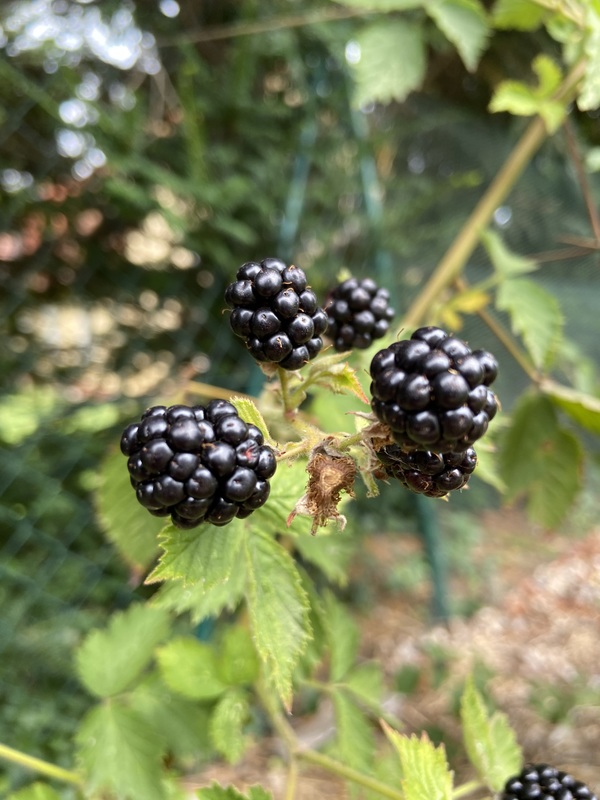Description
Buffaloberry is a unique and hardy shrub native to North America, particularly prevalent in the northern United States and Canada. It is notable for its ability to thrive in challenging environments, including poor and alkaline soils, and its remarkable nitrogen-fixing capability, which enhances soil fertility.
Buffaloberry plants can grow up to 6 to 18 feet tall, depending on the conditions. It has separate male and female plants, with only the female plants producing fruit. The berries are small, bright red or sometimes yellow, and have a tart, somewhat bitter taste when raw. They are rich in lycopene, an antioxidant, and become sweeter and more palatable after a frost.
Buffaloberry is highly valued in permaculture and ecological restoration projects for its nitrogen-fixing ability, which enriches the soil, making it an excellent choice for rehabilitating degraded lands. The berries are an important food source for various wildlife, including birds and bears.
In some Native American cultures, buffaloberries hold significant value. The fruits have been traditionally harvested for food and medicinal purposes. They are used in various dishes, including soups and stews, and are sometimes made into jellies and preserves.

